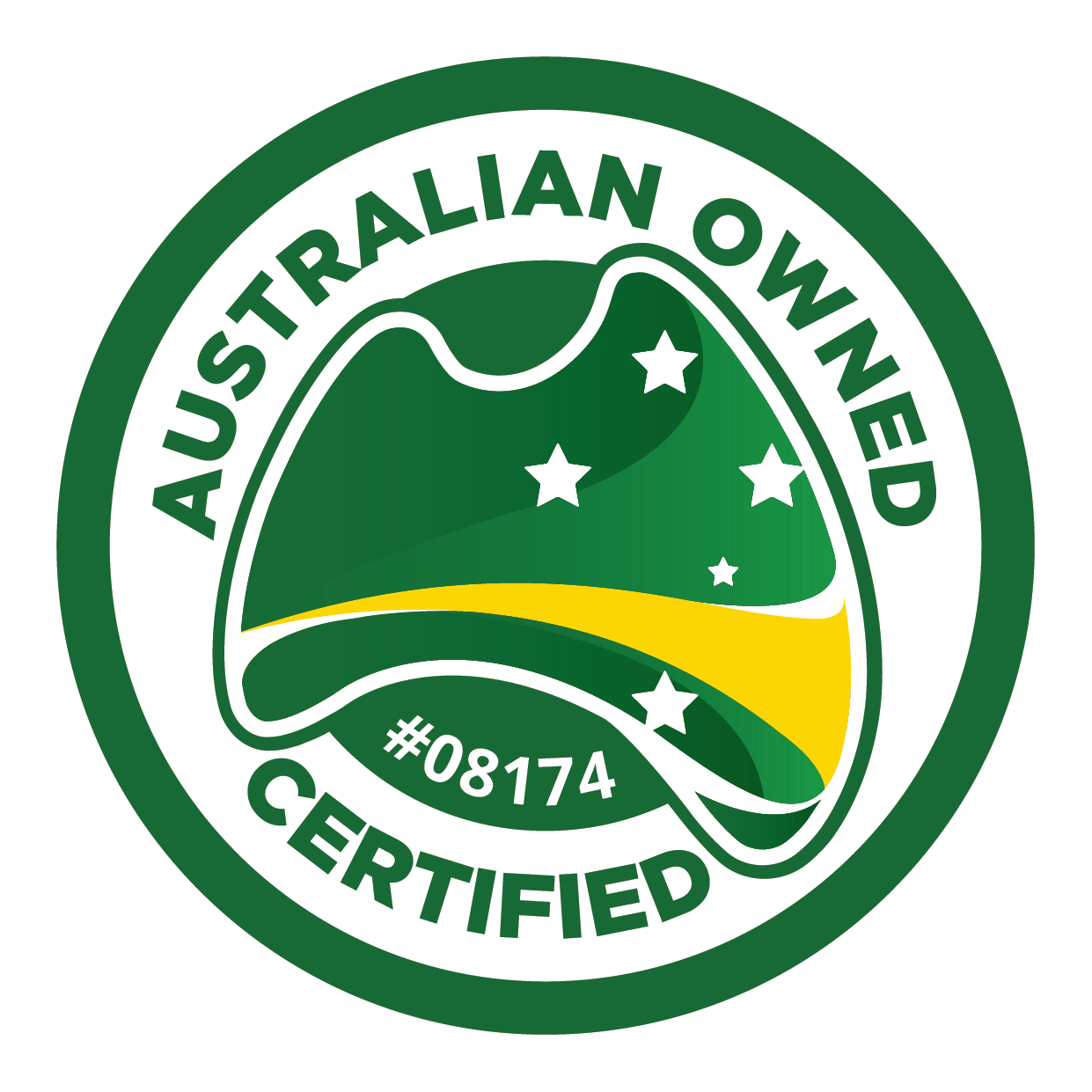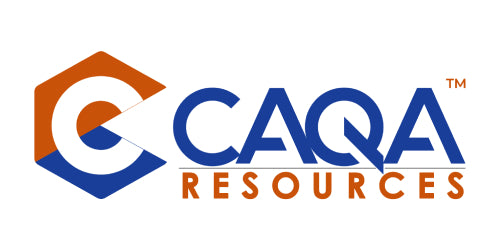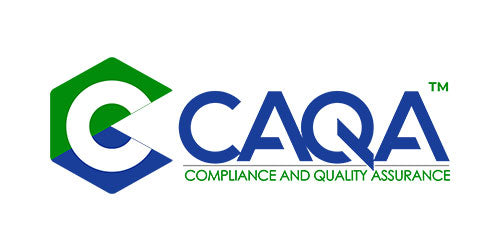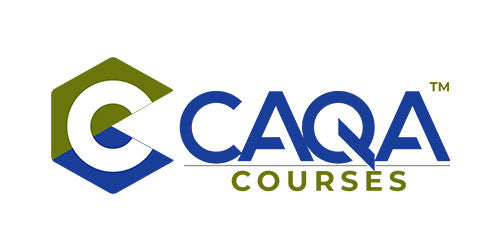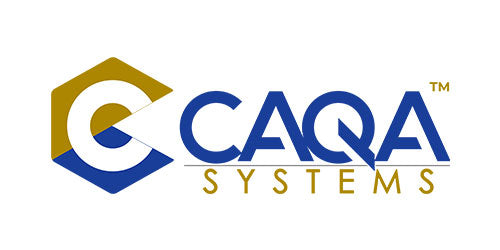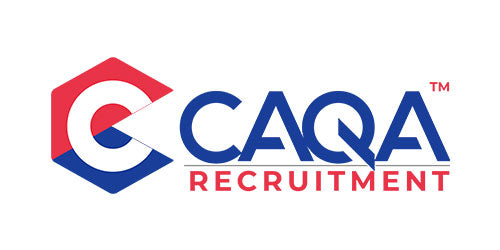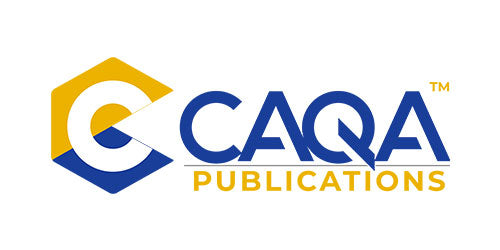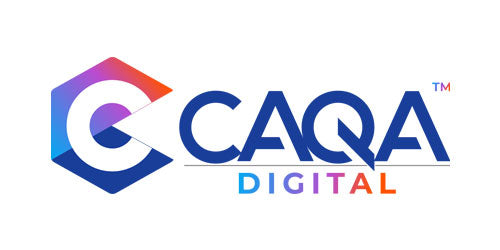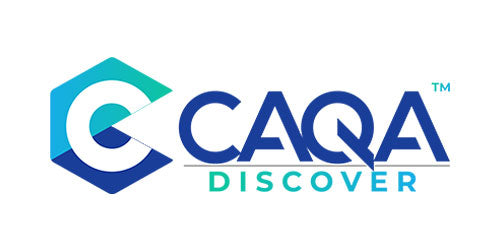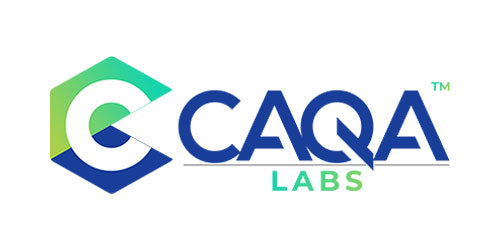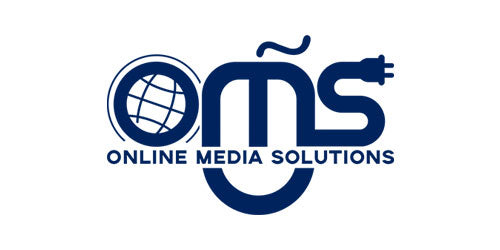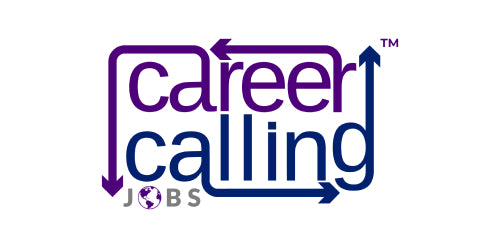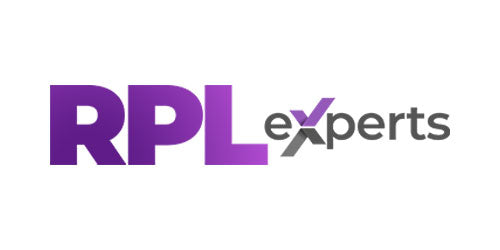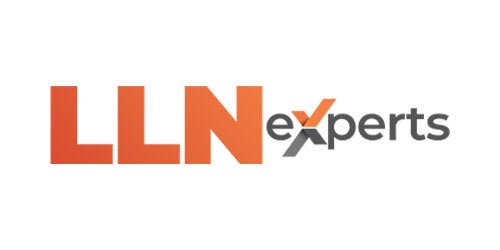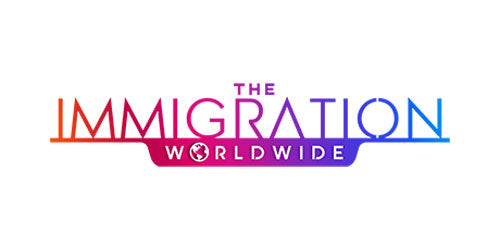The world of education and training is a dynamic one, constantly evolving to meet the changing needs of learners and society. For Registered Training Organisations (RTOs), this means continually adapting and expanding their offerings to stay relevant and competitive. One of the ways to do this is by adding new courses to their scope of registration. However, this process is not as simple as it may seem. It involves a series of steps and requirements that must be met to ensure the quality and integrity of the training provided. This article provides a comprehensive guide to successfully navigating this process.
Understanding the Scope of Registration
Before delving into the process of adding a course to your scope of registration, it's crucial to understand what the scope of registration entails. The scope of registration refers to the specific qualifications, accredited courses, and units of competency that an RTO is approved to deliver. It's essentially the list of educational products that an RTO can offer to its learners.
The Importance of Meeting the Standards for RTOs
The Australian Skills Quality Authority (ASQA) and other regulatory bodies sets out the Standards for RTOs, which are a series of requirements that RTOs must meet to ensure the quality of their training and assessment services. These standards cover various aspects, including the resources, facilities, and equipment needed to deliver the training products. Before applying to extend your scope of registration, you must be confident that you meet these standards for the new training products you plan to offer. We will use ASQA as an example for this article.
The Application Process
The process of adding a course to your scope of registration involves applying and getting approval from ASQA. This application is a declaration that you're ready to deliver the new training product. Therefore, if you're still in the process of developing delivery materials or sourcing resources, it's advisable to delay your application until everything is in place.
Key Requirements for Adding a Course to Your Scope of Registration
Trainers and Assessors: You need to have enough trainers and assessors to deliver the training and conduct assessments for your initial learner cohort. These individuals must meet the requirements set out in the Standards for RTOs.
Educational and Support Services: These services, which can include study support programs, language and literacy programs, and learning resource centers, among others, must be sufficient to meet the needs of your target market for your initial learner cohort.
Learning Resources: You need to possess all learning resources for all units of competency included in your strategies for training and assessment. These resources must be set up and accessible to suit each location, learner cohort, and mode of delivery.
Facilities and Equipment: You need to have access to a venue suitable for all training products included in your application. This venue must have the necessary facilities and equipment required for delivery and assessment.
Assessment System: Your assessment system, which includes documented policies and procedures, must be developed and ready to implement for all units of competency identified in your strategies for training and assessment.
Capacity to Remain Compliant: You need to demonstrate your ability to remain compliant with the requirements of the Standards for RTOs should your number of learners increase in the 12-month period after your application is approved.
AVETMISS-Compliant Student Management System: If you're seeking initial registration as an RTO, you need to have an AVETMISS-compliant student management system that can meet the requirements of the National VET Provider Collection Data Requirements Policy.
The Online Application Process
To add an item to your RTO’s scope of registration, you need to log in to the ASQAnet and follow the prompts to complete your application. It's important to note that when you're applying for changes in the scope of registration, you must have all the required resources to deliver each training product included in your application.
Conclusion
Adding a course to your scope of registration is a significant step in expanding your RTO's offerings and staying competitive in the dynamic education sector. However, it's a process that requires careful planning, preparation, and compliance with the Standards for RTOs. By understanding and following the steps and requirements outlined in this guide, you can navigate this process successfully and ensure the quality and integrity of your training products.
Suggested Read: Embarking on an RTO Journey: Comprehensive Guide to Launching a Registered Training Organisation - Costs, Timeline, and Alternative Paths
















